Understanding and Using Colour
Colour is an essential part of the work of any artist, crafter or creative and understanding and using colour as a tool to increase the power of your craft can be a difficult skill to master.
Textile and mixed media artist Hilary Beattie will develop your understanding of the colour wheel, clarify the importance of warm vs. cool and transparency vs. opacity. You will master the art of mixing and appreciate the possibilities of the hundreds of colours you can create from the basics, particularly when utilising tints, tones and shades. Through the various exercises within this Masterclass, you will learn to identify and match colours in primary and secondary sources, creating your own resource books to guide you into your future and ongoing work.
This series will equip you with a working knowledge of colour theory and its practical application, instilling the confidence in you to use colour in a personal way in your own working practice.
By purchasing this Masterclass, you will gain unlimited access to this On-Demand series, with opportunities to interact directly with Hilary during one of our regular 'Meet the Tutor' live sessions. Once you have purchased the Masterclass, we will keep in touch so that you know when the next live tutor session is taking place. These live sessions will be free to attend for Masterclass purchasers.
As you set out on your journey to understand and use colour, you will be introduced to the colour wheel, its primary and secondary colours and the important difference between warm and cool colours. You will embark on your colour workbook by studying mixing and creating card swatches.
Key Learnings:
- Understanding warm and cool primary colours
- Understanding how to mix a variety of secondary colours
Materials:
- Opaque acrylic paint in Red; Magenta; Cyan or Cornflower Blue, Turquoise, Lemon Yellow and Golden Yellow, Black, Grey and White
- A selection of brushes
- Paint tray or palettes of choice
- Paper towels
- Water and rinsing jug/pot
- Sketchbook, plus loose cartridge paper (minimum 150gms weight)
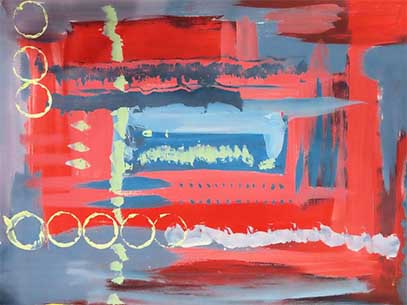
Taking the foundations learnt in Session 1: Colour Wheel; Primary and Secondary Colours, you will discover the practical applications of this theory, embedding your knowledge into creative outlets and understanding the importance of opacity vs. transparency. Hilary will introduce you to the use of stencils and how these can be used with paint and be made more intricate by adding dyes.
Key Learnings:
- Practical application of primary and secondary colour mixes
- Using stencils to create pattern
- Adding a transparent medium to an opaque one
Materials:
- Opaque acrylic paint in Red; Magenta; Cyan or Cornflower Blue, Turquoise, Lemon Yellow and Golden Yellow, Black, Grey and White
- Transparent liquid colour: procion dyes, drawing inks or watercolour – colours as above (excluding white)
- A selection of brushes and a small sponge roller for use when printing
- Paint tray or palettes of choice
- Paper towels
- Water and rinsing jug/pot
- Papers (less than 100gms for collage papers)
- Selection of stencils
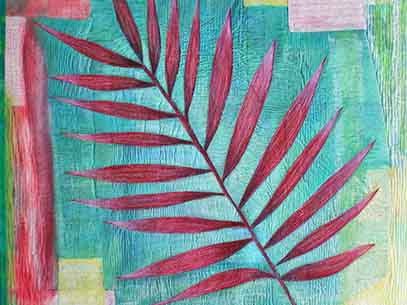
Returning to your colour workbook for this session you will ascertain the differences between triadic, analogous and complementary colour schemes, experiment with paint, stamps and blocks to create papers and consider the retention of colour integrity through overdyeing.
Key Learnings:
- Understanding and recognising basic colour schemes
- Using stamps/blocks
- Practical application of layers of colour to paper
Materials:
- Opaque acrylic paint in Red; Magenta; Cyan or Cornflower Blue, Turquoise, Lemon Yellow and Golden Yellow, Black, Grey and White
- Transparent liquid colour: procion dyes, drawing inks or watercolour – colours as above (excluding white)
- A selection of brushes and a small sponge roller for use when printing
- Paint tray or palettes of choice
- Paper towels
- Water and rinsing jug/pot
- Papers (less than 100gms for collage papers)
- Stamps/wooden blocks for pattern making
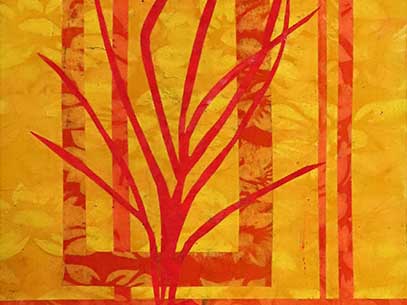
Using the knowledge gained in Session 3: Colour Schemes you will get creative with triadic, analogous and complementary colour schemes to produce collages and small paintings.
Key Learnings:
- Understanding and recognising basic colour schemes
- Creating a collage and a painting
- Creating samples of colour schemes
Materials:
- Glue Stick
- A selection of brushes
- Paint tray or palettes of choice
- Scissors, cutting knife, ruler and cutting mat
- Paper towels
- Water and rinsing jug/pot
- Selection of papers:
- less than 100gms for collage papers.
- minimum 140gms for painting and as substrate for collage
- Painters masking Tape
- Pencil and rubber, black permanent pen
- Tracing paper
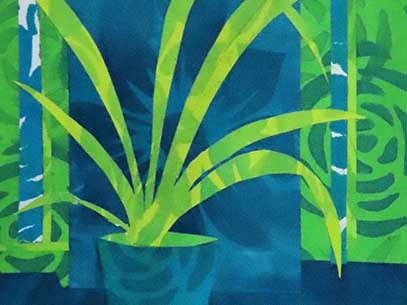
Hilary will guide you into the use of monotones, explaining what monotones are and the definitions of the various tints, tones and shades which can be discovered within them. You will put the theoretical understanding of this topic to use in your colour workbook to create two analogous and one complimentary monotone colour scheme.
Key Learning:
- Understanding and mixing tints tones and shades
Materials:
- Opaque acrylic paint in Red; Magenta; Cyan or Cornflower Blue, Turquoise, Lemon Yellow and Golden Yellow, Black, Grey and White
- A selection of brushes
- Paint tray or palettes of choice
- Paper towels
- Water and rinsing jug/pot
- Papers (minimum 140gms)
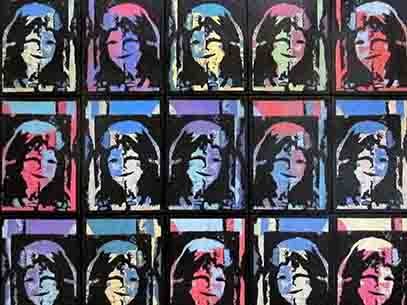
It’s time to get creative with tints, tones & shades and make your own materials using hand-made stamps and paint. Explore the use of dyes to add to this material and consider the use of overdyeing.
Key Learning:
- Creating materials using tints tones and shades
Materials:
- Opaque acrylic paint in Red; Magenta; Cyan or Cornflower Blue, Turquoise, Lemon Yellow and Golden Yellow, Black, Grey and White
- Transparent liquid colour: procion dyes, drawing inks or watercolour – colours as above (excluding white)
- A selection of brushes and a small sponge roller for use when printing
- Paint tray or palettes of choice
- Paper towels
- Water and rinsing jug/pot
- Papers (less than 100gms for collage papers)
- Stamps/wooden blocks for pattern making
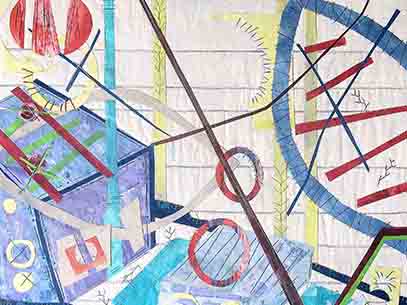
Grow your confidence in colour by understanding its value. Through the creation of collages and paintings which illustrate monotone, tints, tones & shades alongside colour schemes you will be able to full assess the value of colour.
Key Learning:
- Practical applications of colour schemes using t,t & s
Materials:
- Glue Stick
- A selection of brushes
- Paint tray or palettes of choice
- Scissors, cutting knife, ruler and cutting mat
- Paper towels
- Water and rinsing jug/pot
- Selection of papers
- less than 100gms for collage papers.
- minimum 140gms for painting and as substrate for collage
- Painters masking Tape
- Pencil and rubber, black permanent pen
- Tracing paper
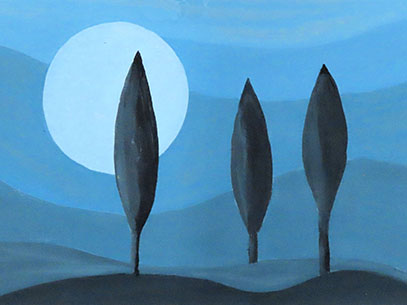
Taking colour wheel theory and the swatches in your colour workbook, Hilary will steer you to be self-assured in creating harmonised palettes. You will do this practically within your colour workbook trialling out grey, colour mixes and neutral swatch cards.
Key Learning:
- To be able to create neutrals and use them to harmonise a colour scheme
Materials:
- Opaque acrylic paint in Red; Magenta; Cyan or Cornflower Blue, Turquoise, Lemon Yellow and Golden Yellow, Black, Grey and White
- A selection of brushes
- Paint tray or palettes of choice
- Paper towels
- Water and rinsing jug/pot
- Papers (minimum 140gms)
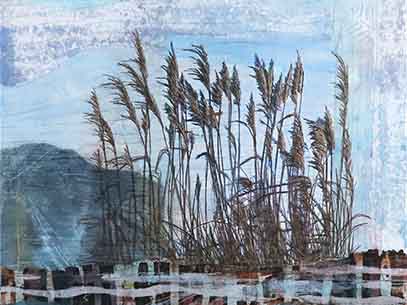
Realise the importance of opacity and transparency when using colour, particularly in relation to products such as paints, dyes, watercolour and inks. Learn how to create transparent paint from opaque and develop and seal semi-transparent collage papers.
Key Learning:
- To understand the importance of transparency and opacity as it applies to art media
Materials:
- Opaque acrylic paint in Red; Magenta; Cyan or Cornflower Blue, Turquoise, Lemon Yellow and Golden Yellow, Black, Grey and White
- Transparent liquid colour: procion dyes, drawing inks or watercolour – colours as above (excluding white)
- Matt acrylic wax
- Matt or gloss medium – mid weight
- Glue Stick
- A selection of brushes
- Paint tray or palettes of choice
- Scissors, cutting knife, ruler and cutting mat
- Paper towels
- Water and rinsing jug/pot
- Selection of papers
less than 100gms for collage papers.- minimum 140gms for painting and as substrate for collage
- deli paper or other semi transparent wet media paper
- Painters masking Tape
- Pencil and rubber, black permanent pen
- Tracing paper
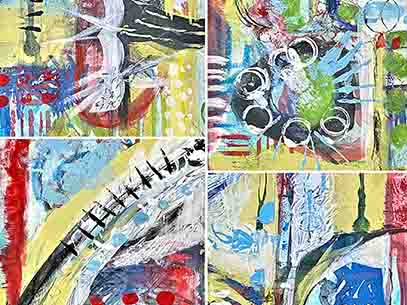
Consolidate your learnings from this series with a final lesson in colour swatching and sampling. Review your colour schemes and the images you have created and recap on your new-found knowledge in understanding and using colour.
Key Learnings:
- To be able to identify and mix colours from images
- To be able to recognise and describe colour schemes and usage, together with value in a variety of images
Materials:
- Opaque acrylic paint in Red; Magenta; Cyan or Cornflower Blue, Turquoise, Lemon Yellow and Golden Yellow, Black, Grey and White
- A selection of brushes
- Paint tray or palettes of choice
- Paper towels
- Water and rinsing jug/pot
- Papers (minimum 140gms)
- Selection of images
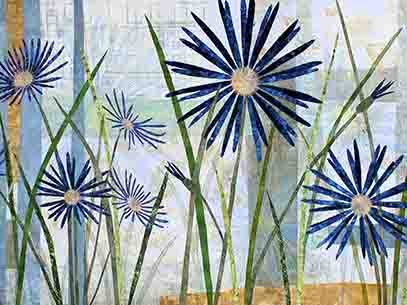
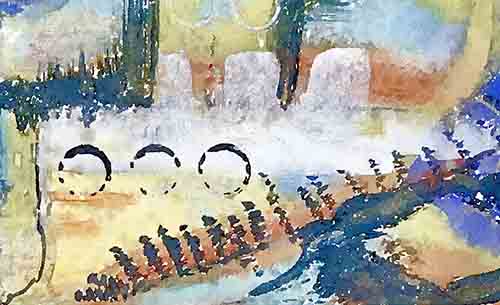
Materials You Will Need
Please note these materials are not included with purchase of this class, the following materials will need to be bought separately.
- Opaque acrylic paint in Red; Magenta; Cyan or Cornflower Blue, Turquoise, Lemon Yellow and Golden Yellow, Black, Grey and White.
- Transparent liquid colour: procion dyes, drawing inks or watercolour – colours as above (excluding white).
- Matt acrylic wax
- Matt or gloss medium – mid weight
- Glue Stick
- A selection of brushes and a small sponge roller for use when printing
- Paint tray or palettes of choice
- Scissors, cutting knife, ruler and cutting mat
- Paper towels
- Water and rinsing jug/pot
- Selection of papers
- less than 100gms for collage papers.
- minimum 140gms for painting and as substrate for collage
- deli paper or other semi-transparent wet media paper
- 2 or 3 sketchbooks, plus loose cartridge paper (minimum 150gms weight)
- Painters masking tape
- Selection of stencils and or stamps/wooden blocks for pattern making
- Pencil and rubber, black permanent pen
- Tracing paper
Preparation: None.
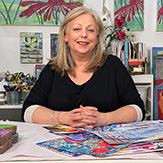
Originating from Yorkshire and now based in Newport, South Wales, Hilary Beattie is an artist with an appetite for creating, teaching and exhibiting her work. With a visually orientated approach to creating, Hilary seeks to share her views and experiences with others through her passions: colour, form and imagery. She achieves this through a mixed media approach and palette, adapting her medium of choice depending on the message which she wishes to share.
Hilary’s work centres around her view of the world as a beautiful place, despite its sometimes-ugly aspects. Hilary is fanatical about making her own materials and uses paint, dye and collage extensively. On these bases she adds more layers, including stitch, to build up complex visual stories, often producing vivid and graphic works.
Further to her work as an artist, Hilary is an author of three books Make it Personal 1 & 2, and The Gentle Art of Gelliping, with a fourth book underway. She also owns a teaching studio and shop Hilary B: Original Art & Design, which sells a range of products that Hilary has designed and/or produced, as well as some tools that she uses in her work. Through Hilary’s studio avid textile artists can also find teaching workshops and a few special ‘retreats’ which take place annually.
Find out more about Hilary:
Website: www.hilarybeattie.co.uk
Facebook: Hilary Beattie
Instagram: @hilarysbeattie
YouTube: Hilary Beattie
Business: www.hilarybshop.co.uk
Facebook: Hilary B Shop
1 review for Understanding and Using Colour
Only logged in customers who have purchased this product may leave a review, please Login here.



Cynthia S (verified owner – )
This has been a terrific class for me, I have really enjoyed taking the time to do various colour runs. Feel much more confident about mixing my paints now!!